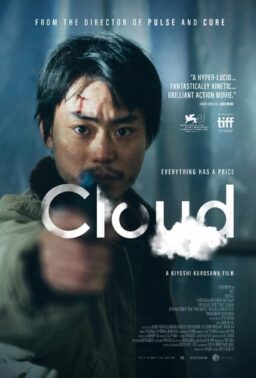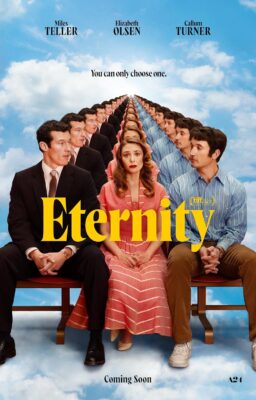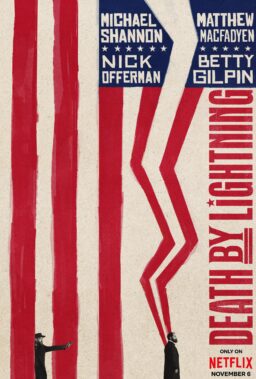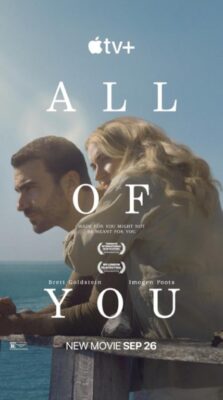The current revival of “The Wizard of Oz” features two different kinds of restored color prints, both of them good, one astonishingly good.
Most of the prints are in Eastman color, the standard for the majority of new movies that go into release. But in five Chicago-area theaters, the prints are in a new three-strip dye transfer process from Technicolor.
Those dye transfer prints pop out of the screen with a noticeable richness and color depth. In the early scene where Dorothy tells Toto that she doesn’t think they’re in Kansas anymore, the leaves and blossoms of flowers in the foreground look as bright as the window of a florist shop.
The Eastman color version (also produced by the Technicolor labs) is fine, unless you see the two versions side by side, as I did Tuesday at a demonstration sponsored by Warner Bros. (which is re-releasing the movie) at a local screening room.
“Wizard” was photographed in 1939 in the old original Technicolor three-strip process, which used a patented camera to record the same scene on three different strips of film, which were combined for the bright color movies that older viewers can remember. That process has not existed for years in America (Technicolor’s last three-strip factory was sold to the Chinese, who now make wonderful color films). But now a new kind of three-strip process has been devised by Technicolor.
The old process first colored each of the three strips one of the different basic colors, and then combined them into a final print. In the new process, according to the company, “colors are only introduced in the last step” when the actual print is being made. The elimination of a step adds another dimension of brightness.
The all-in-one approach of Eastman color and similar color systems is not as good, although few viewers complain. The new dye transfer process is an attempt by Technicolor to reproduce the original brightness of classic films. Ever notice how the old color films like “Wizard,” “An American in Paris” or “Singin' in the Rain” seem brighter in your memory than the new ones? They were.
You can’t go wrong attending any of the theaters showing the restored “Wizard of Oz.” But if you live near these five, you’ll be able to experience the glory of the new Technicolor process: the Marcus Addison, Marcus Orland Park, Western Heights (in Chicago Heights), Northbrook Court and Yorktown (in Lombard).











